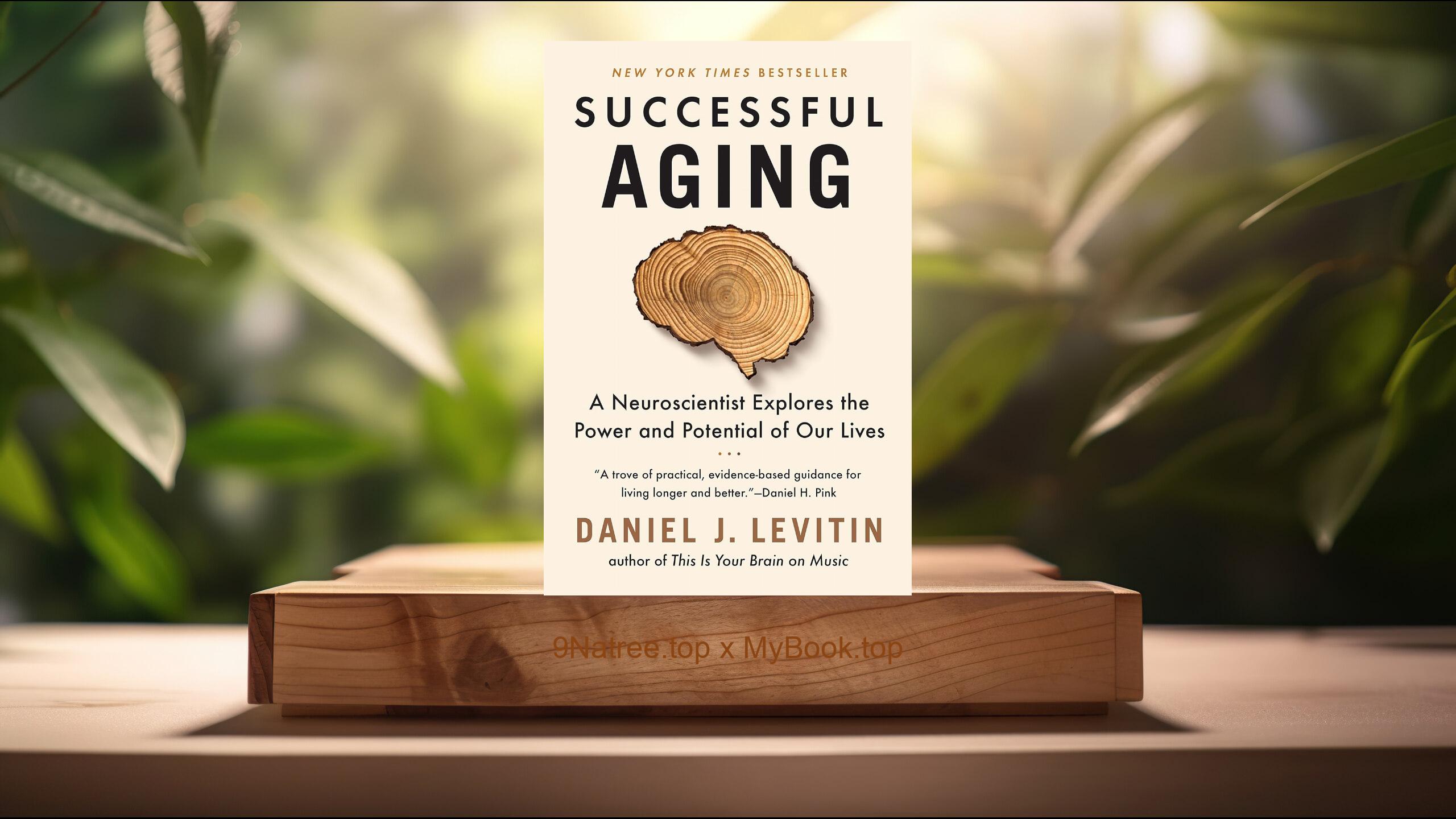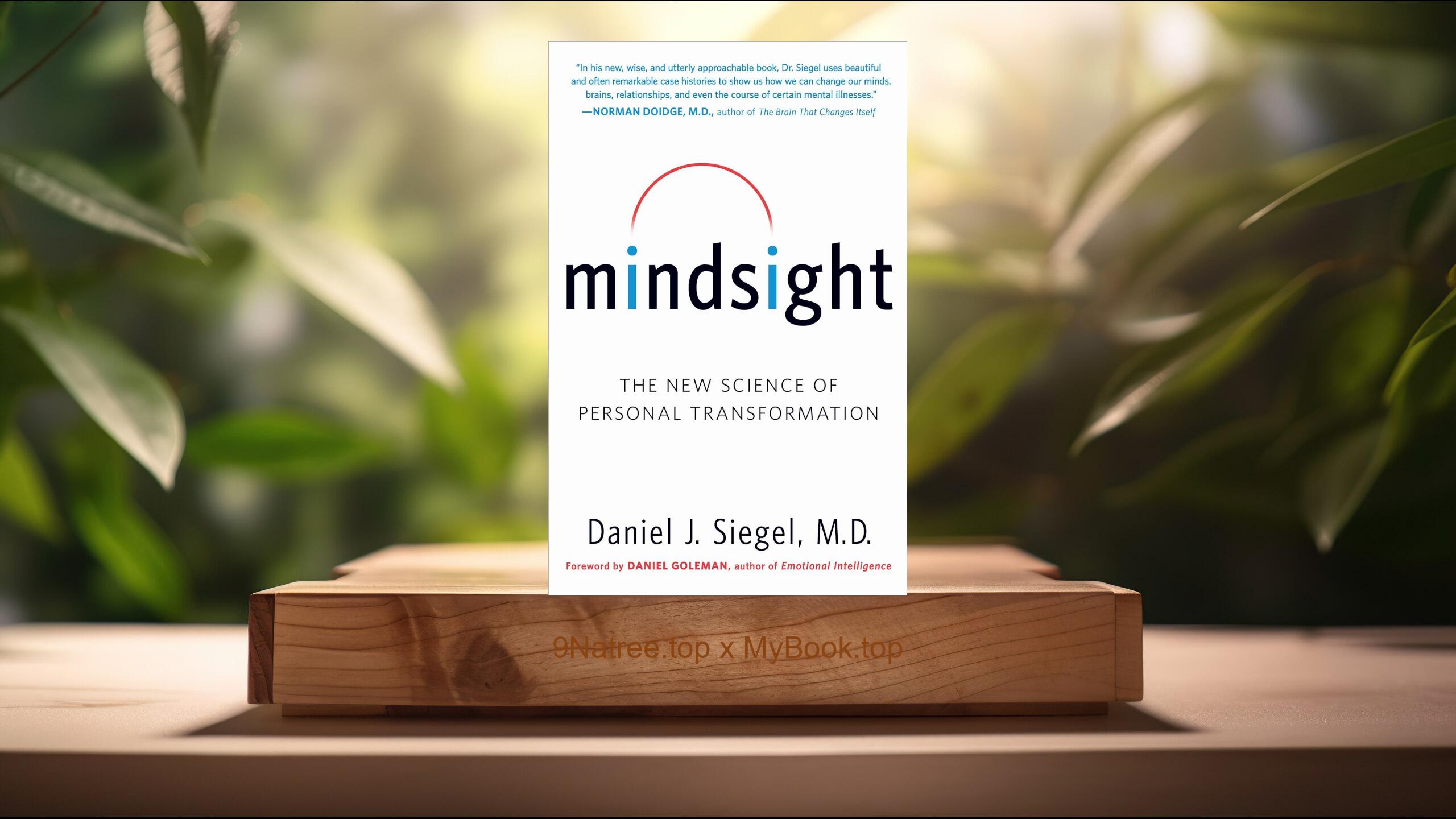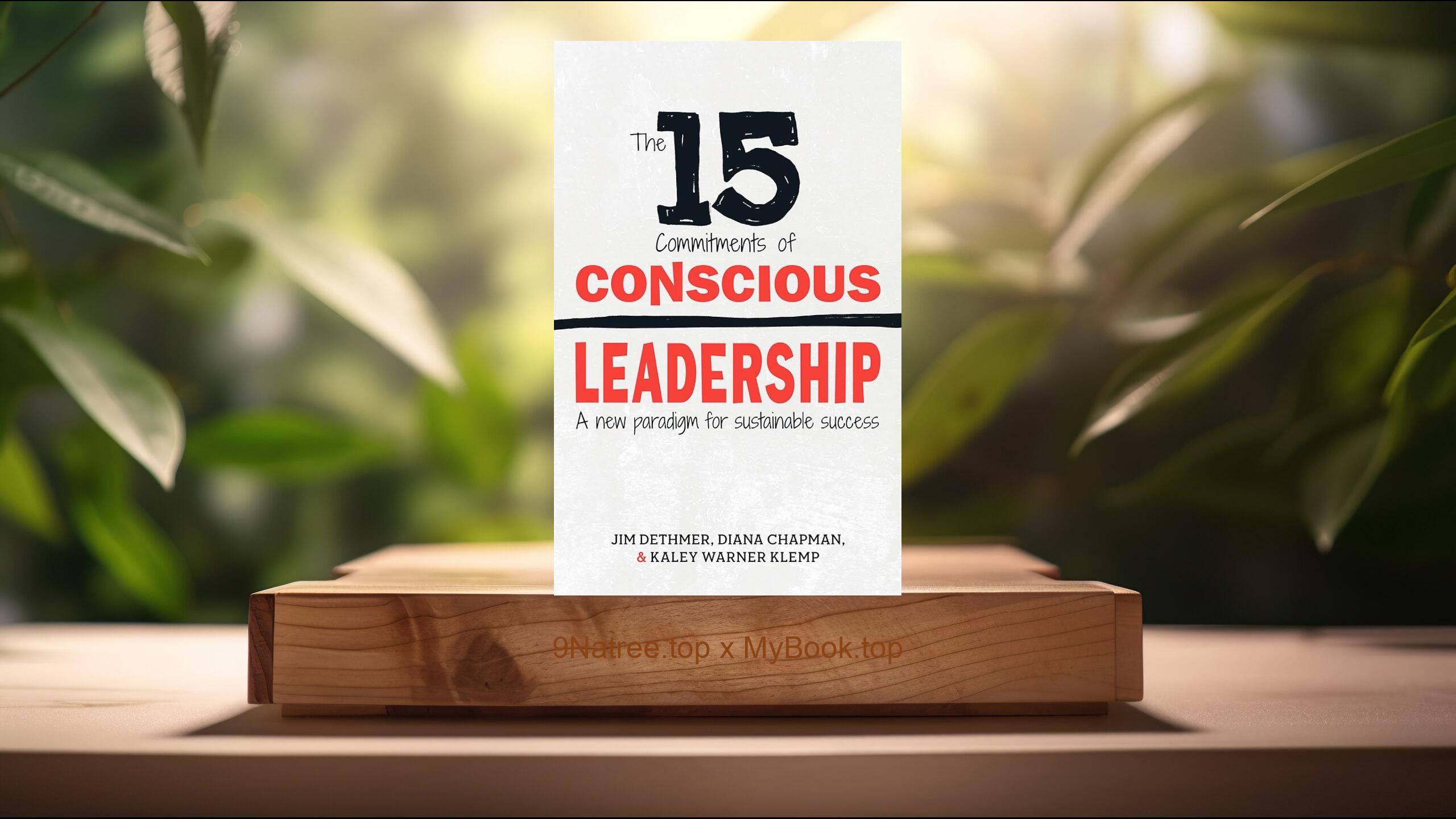Show Notes
Buy on Amazon: https://www.amazon.com/dp/B07P79P8ST?tag=9natree-20
Read more: https://mybook.top/read/B07P79P8ST/
#MentalModels #DecisionMaking #ProblemSolving #FirstPrinciplesThinking #SecondOrderThinking #ThoughtExperiment #FarnamStreet #TheGreatMentalModelsVolume1
These are takeaways from this book.
Firstly, The Importance of Mental Models, Mental models are essentially frameworks that help individuals interpret the world and make better decisions. Shane Parrish introduces the concept by demonstrating how these models enable us to break down complex problems into manageable pieces. The author stresses the importance of having a diverse toolkit of mental models, as relying on a single perspective can lead to narrow-mindedness and errors in judgment. This section of the book not only lays the groundwork for understanding the value of mental models but also encourages readers to start collecting and applying these powerful tools in their everyday lives.
Secondly, First Principles Thinking, One of the fundamental models Parrish discusses is the concept of 'First Principles Thinking.' This approach involves deconstructing a situation down to its basic elements and then rebuilding it from the ground up. By doing so, individuals can escape the constraints of conventional thinking and generate innovative solutions. Parrish uses engaging examples from history and current events to illustrate how breaking down problems to their core can uncover unique insights and lead to more effective problem-solving strategies.
Thirdly, Thought Experimentation, Thought Experimentation, another vital model highlighted by Parrish, serves as a tool for simulating scenarios in the mind to explore potential outcomes without physical execution. This mental model encourages readers to challenge assumptions and ask 'What if?' questions. Through engaging narratives, Parrish demonstrates how thought experiments can lead to breakthroughs in understanding and innovation. This approach not only fosters creativity but also aids in risk assessment and strategic planning.
Fourthly, Second-Order Thinking, Second-Order Thinking urges individuals to consider the consequences of the consequences of their actions. This mental model is crucial for understanding that every action sets off a chain of reactions. Parrish explicates this concept by showing how initial solutions to problems may lead to unforeseen outcomes. Through this mental model, readers learn the importance of thinking several steps ahead and assessing the potential ripple effects of their decisions, leading to more sustainable and thoughtful solutions.
Lastly, The Map is Not the Territory, This model emphasizes the difference between our perceptions (maps) and actualities (territories). Parrish discusses how our understanding and perception of reality are influenced by biases, limited information, and simplifications. By embracing the principle that ‘the map is not the territory,’ readers are encouraged to scrutinize their assumptions and consider multiple perspectives before making decisions. This mental model is pivotal for navigating the complexities of the real world and for fostering a more nuanced understanding of various situations.
In conclusion, The Great Mental Models Volume 1: General Thinking Concepts by Shane Parrish is a must-read for anyone looking to enhance their cognitive toolkit and navigate the complexities of the modern world more effectively. The book is particularly beneficial for decision-makers, strategists, and problem-solvers across all fields, as it provides them with a diverse range of perspectives and tools for tackling challenges. By adopting the mental models outlined in this volume, readers can cultivate a more nuanced, informed, and creative approach to both personal and professional dilemmas. Ultimately, this book has the potential to significantly benefit one's life by fostering better understanding, innovation, and decision-making.
![[Review] The Great Mental Models Volume 1: General Thinking Concepts (Shane Parrish) Summarized](https://episodes.castos.com/660078c6833215-59505987/images/1713561/c1a-085k3-k5mdodn0azwp-7btuc0.jpg)




